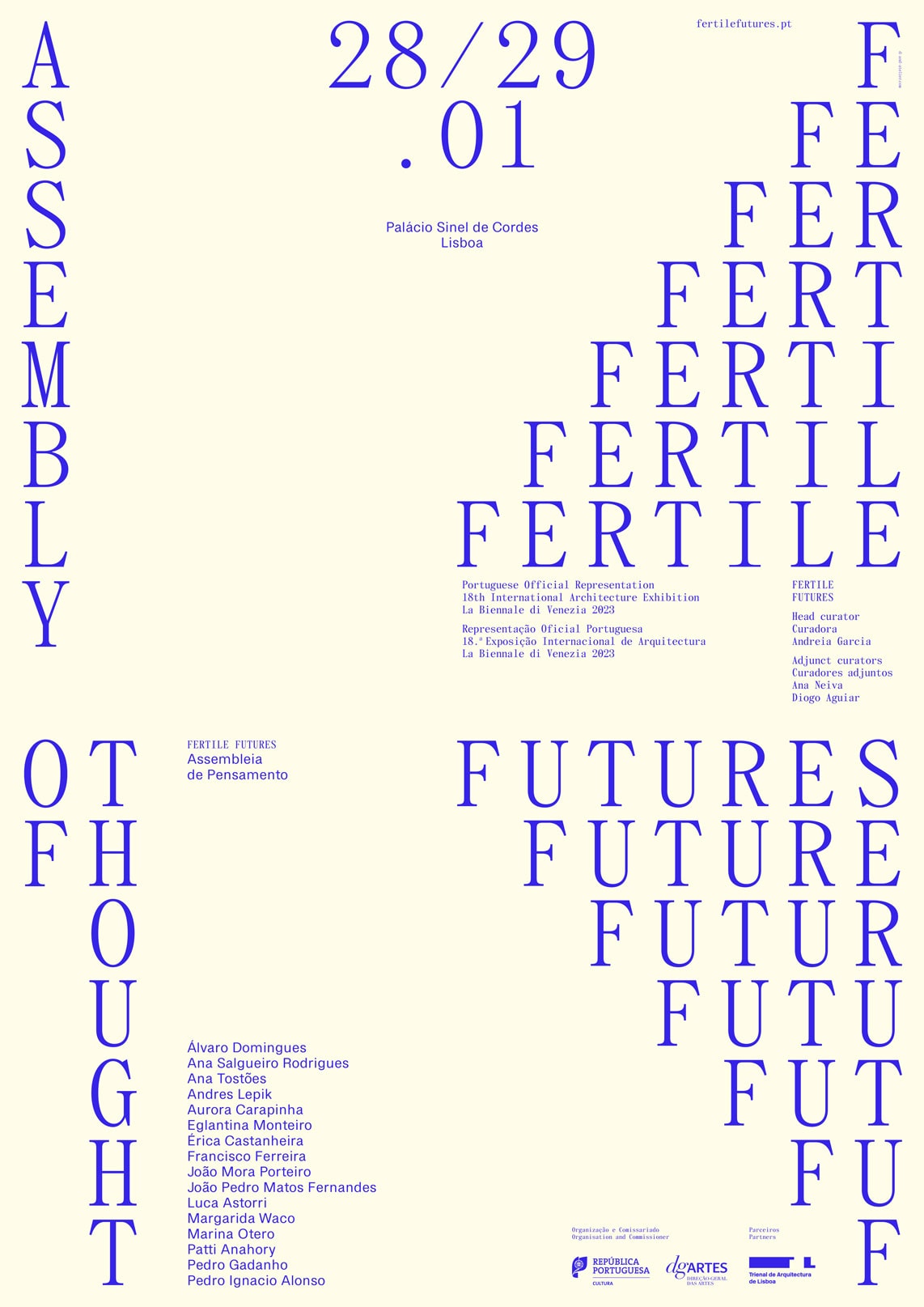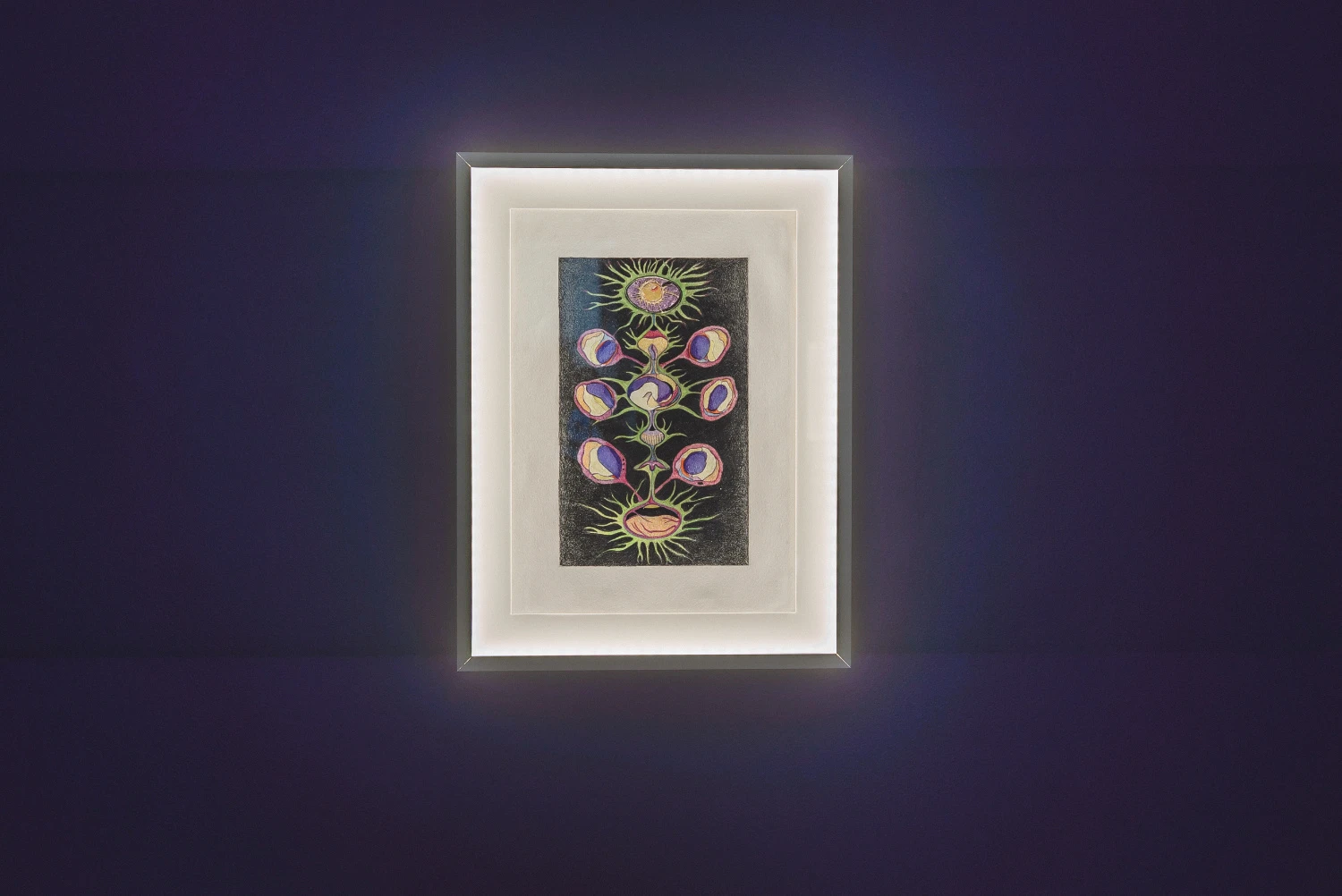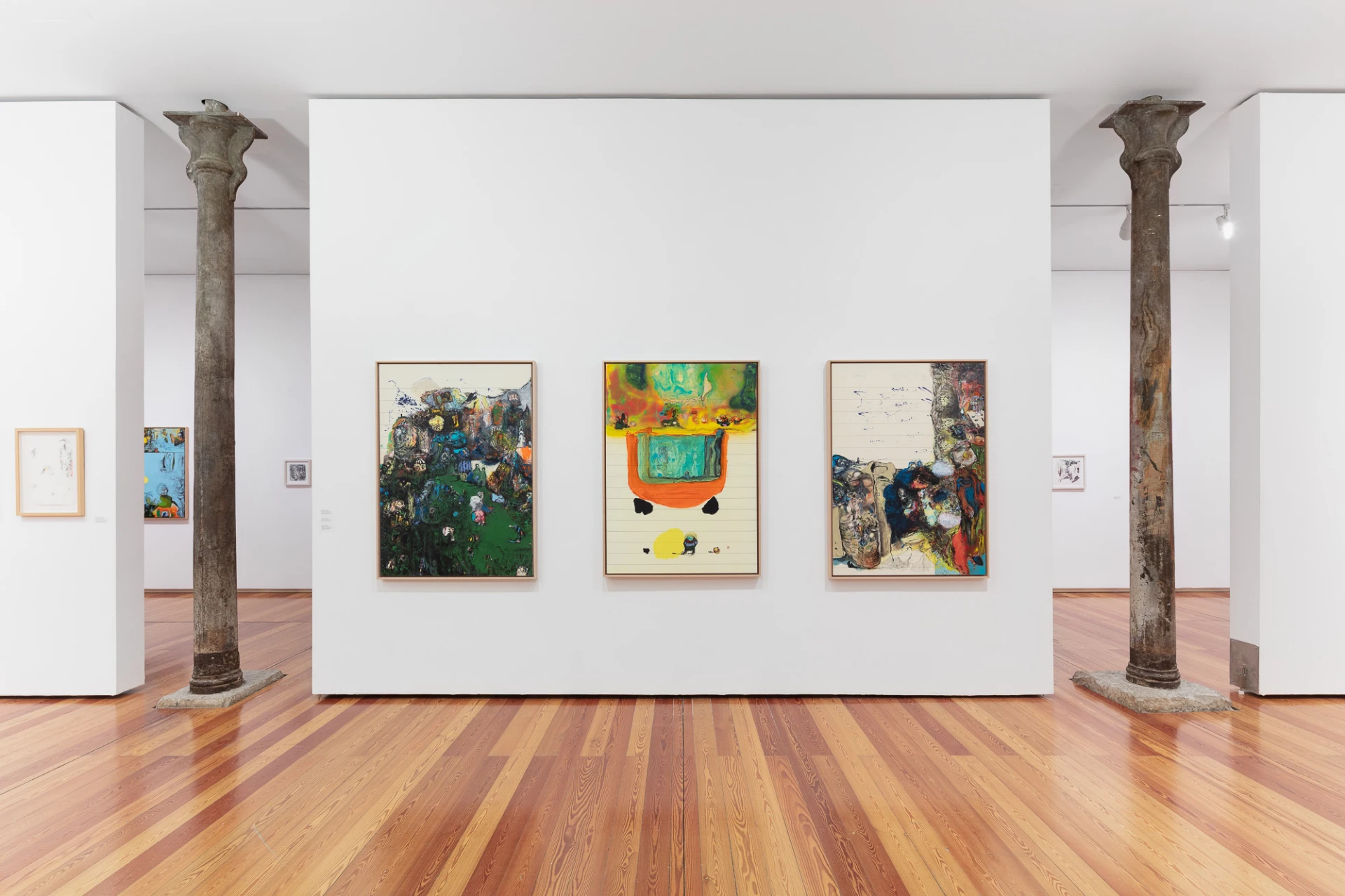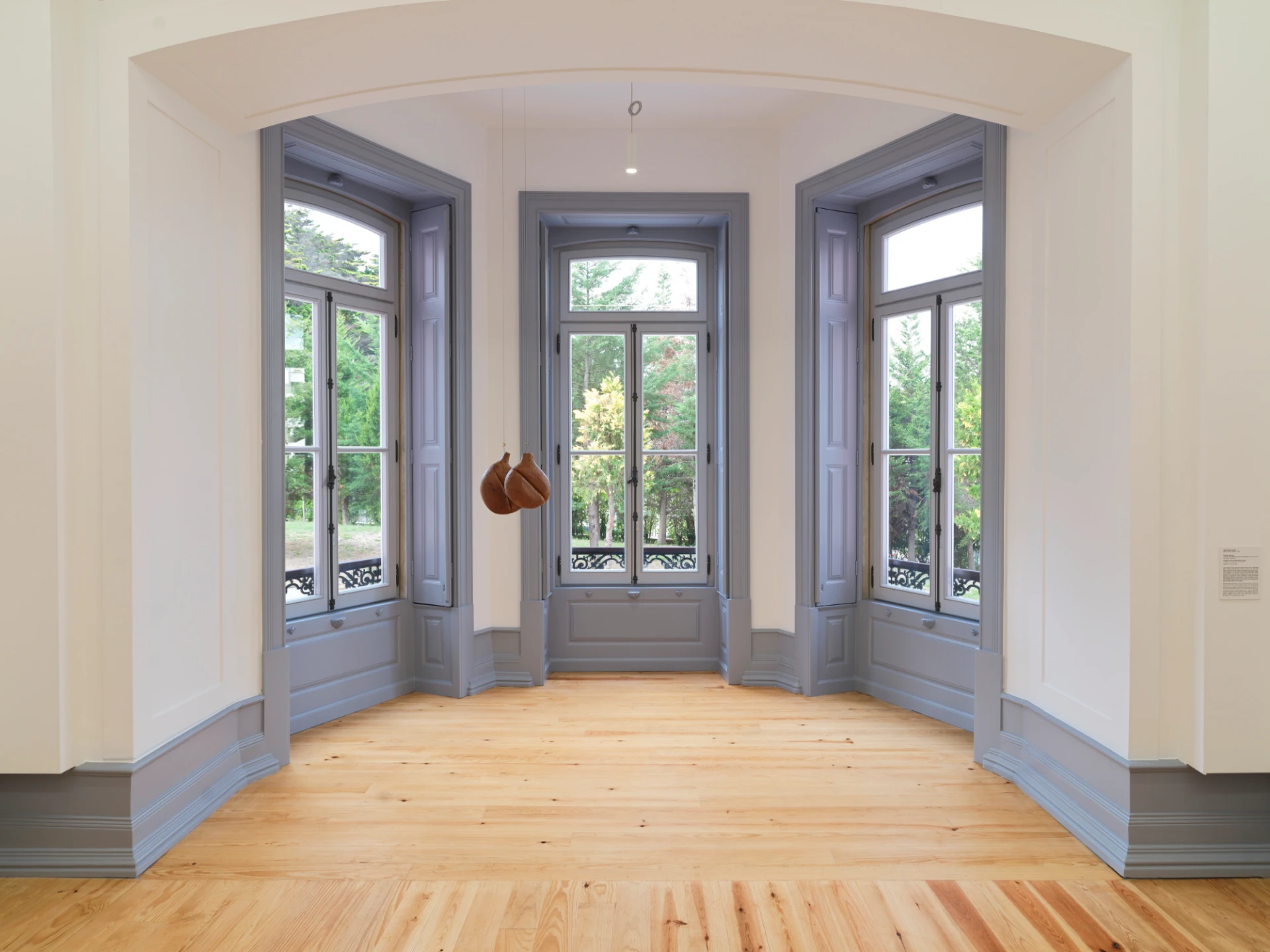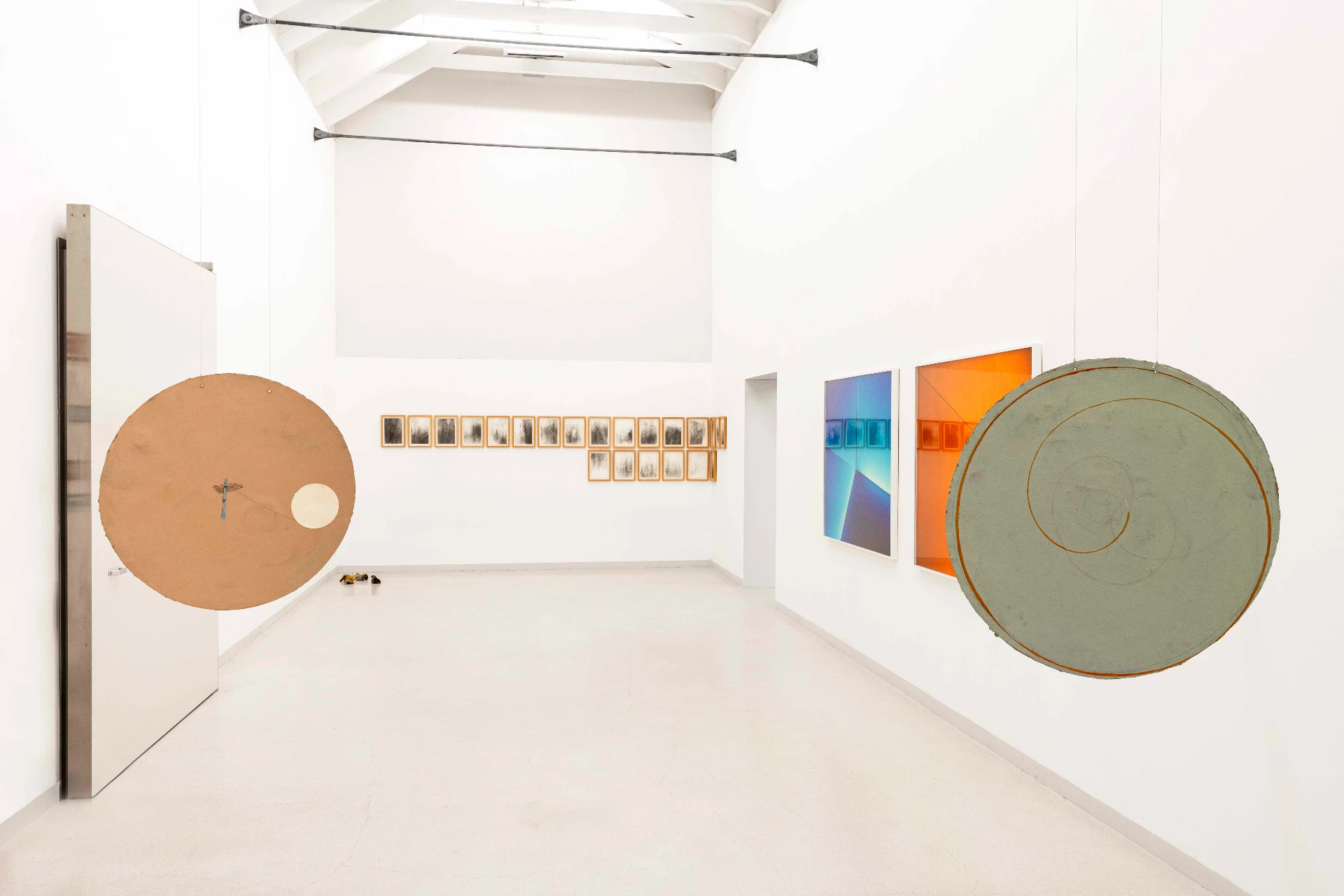When I visit exhibitions where I notice a minimalist aesthetic, I immediately recall Tony Smith’s peculiar story with his daughter when she was a child. She, upon seeing some of her father’s works – essentially cubes, concrete geometric shapes – asked him what he hid inside the cube; or the box, should we wish to adorn this childishly puerile idea. In O que fazer? by Martim Brion, curated by João Silvério, I felt this happy curiosity, in an obviously more mature phase: what does the artist hide inside his boxes.
Despite the sculptural, rhythmic and colourful content of this exhibition, Martim Brion makes us move from sculpture to photography and text. It’s a gesture I don’t consider telling of the content, but one that follows the more unsuspecting visitors, so that they don’t get lost in the geometry and colour of the compositions. There is something else, projected by the remaining two-dimensional works. If the photographic set confronts us with some forms that escape the Euclidean space mentioned by João Silvério in the exhibition text (others perhaps want to contradict it, as they are three-dimensional simulations – something only assured by the spectator’s presence), there is a kind of guide in the textual set to imagine something similar to what we see in the space, but which will inevitably drift away inside each one of us, except for the happy cosmic coincidences that may occur. Given this last set, perhaps the title of the exhibition is the ultimate question to be asked within the venue, and one that leads us into another dimension of thought (again, the possible departure from Euclidean space): What to do? The artist presents a potential answer, inscribed in the exhibition text: “(…) A little bit of everything and not at all, both at the same time.” We can think about this radical question of the human condition in the context of this exhibition, until February 12, at Museu Ibérico de Arqueologia e Arte de Abrantes.
Also in this venue, and until February 26, we can visit two exhibitions: Rio by Master José Pimenta, curated by Sara & André. José Pimenta, born in Souto (Abrantes) in 1931, began his artistic career at 62, sculpting three Saints Anthony and a ‘Pious Mother’. This was the beginning of his sculpture, dedicating himself later to drawing and painting. Given the multiplicity of influences and references in his work, and also because of the aesthetics, something in Mestre José Pimenta makes me think of Outsider Art.
There is also the exhibition As minhas arqueologias by the artist Heitor Figueiredo, curated by Hugo Dinis: composed by pieces in clay and fired, he adds to this archaeological oriented space something else, created by him in his last 25 years of work, where he shows the traces of an extemporaneous and anachronistic reality. The curatorial concept is useful: it is a hermetic gesture, whose complexity and indecipherability is based on the dreamlike world from which, contrary to the material that forms them, all these pieces emerge. It is a cosmos of its own, an archaeology perhaps unsettled by the real. To reach this idea, I borrow piece number 37, entitled ‘Fui para a lua’ – to run away and create a world as a response to the latent inaction in not knowing what to do.
